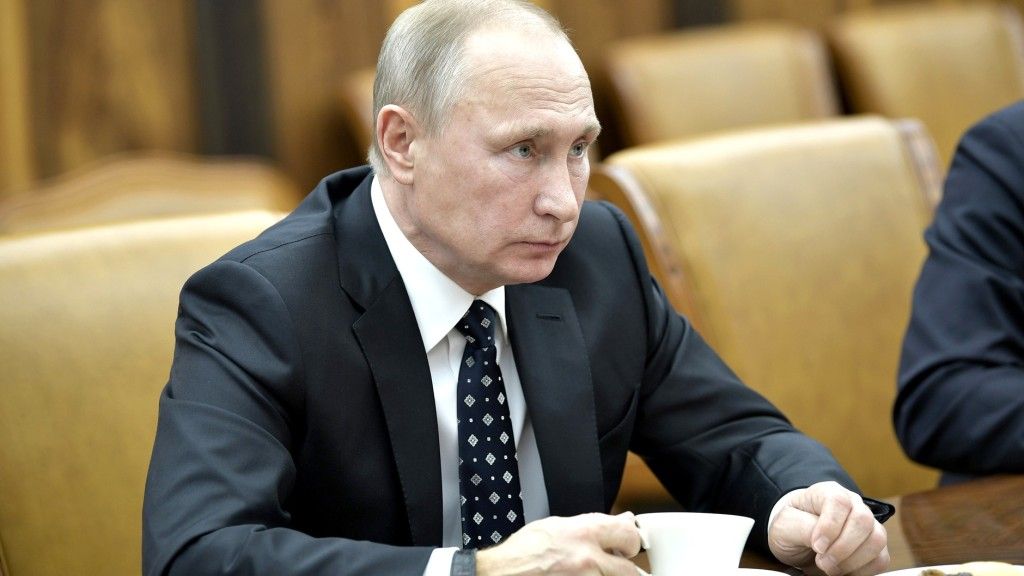Ukraine’s Anti-Corruption Reform Sparks Kremlin Disinformation Campaign
Ukraine’s recent legislative changes impacting its anti-corruption bodies have ignited a fierce disinformation campaign orchestrated by the Kremlin. Exploiting internal tensions within Ukraine, Russia aims to undermine Western support, fracture Ukrainian societal unity, and bolster its position in the ongoing information war. The controversy centers around Bill No. 12414, passed by the Verkhovna Rada on July 22, which placed the National Anti-Corruption Bureau (NABU) and the Specialised Anti-Corruption Prosecutor’s Office (SAPO) under the Prosecutor General’s jurisdiction. This move, preceded by a raid on NABU headquarters by the Security Service of Ukraine (SBU) and the Prosecutor General’s Office, sparked protests in Kyiv and other cities. While these demonstrations were demonstrably pro-democracy and anti-corruption, Russia swiftly twisted the narrative to serve its own agenda.
The Kremlin’s disinformation campaign deployed several interconnected narratives. First, it falsely portrayed the protests as anti-war and anti-government, suggesting widespread Ukrainian opposition to President Zelensky and war fatigue within the population. Russian state media and officials relentlessly pushed this narrative, aiming to create an image of internal collapse and waning resolve. Second, Russia sought to damage Ukraine’s credibility with its Western partners by claiming that Ukrainian officials were embezzling foreign aid and that the legislative changes were designed to shield corrupt elites. This narrative aimed to erode trust and fuel existing anxieties within Western societies regarding the allocation of aid to Ukraine.
Third, the Kremlin painted the legislative alterations as an “anti-American coup,” suggesting Ukraine was rejecting Western influence and losing its sovereignty. This distorted narrative aimed to sow discord between Kyiv and its allies, furthering Russia’s objective of isolating Ukraine. This strategy even extended to overt calls for regime change in Ukraine, echoing long-standing Kremlin goals of delegitimizing the Ukrainian leadership and portraying the country as a puppet state controlled by external forces.
The dissemination of these narratives relied on a multi-layered network. Top Kremlin officials, such as spokesperson Dmitry Peskov, provided official sanction and direction to the campaign. State-run media outlets like TASS, RIA Novosti, RT, and Rossiya-1 amplified the message, alongside a network of pro-Kremlin bloggers. Peskov himself leveled accusations of widespread corruption within Ukraine, falsely claiming that significant portions of Western aid were being stolen. This accusation, strategically timed to exploit ongoing discussions about aid packages, aimed to inflame public opinion and discourage further Western support. As analyses by organizations like the Institute for the Study of War (ISW) demonstrate, these claims are baseless, misrepresenting how international aid is managed and disbursed.
Furthermore, Ukraine’s Foreign Intelligence Service (SZRU) revealed the involvement of an international network of pro-Russian bloggers and influencers, both within and outside Russia, in spreading the disinformation. This network, operating in conjunction with official state media, ensured broad dissemination and a veneer of credibility. The campaign effectively targeted Western audiences, exploiting pre-existing anxieties about corruption and aid allocation. The strategy sought to leverage these concerns to create public pressure against continued support for Ukraine.
The Kremlin’s disinformation efforts surrounding the Ukrainian protests must be understood within the broader context of Russia’s war objectives. Disinformation is a key weapon employed to achieve strategic goals, including weakening Western support for Ukraine. By undermining this support, Russia aims to weaken Ukraine’s defense capabilities and strengthen its own military position. The Kremlin treats information warfare not as a peripheral activity but as an integral part of its overall war strategy. Every instance of successful disinformation, such as blocking further aid packages, translates into tangible advantages on the battlefield. The Kremlin’s commitment to information warfare underscores its recognition of the powerful impact of narrative control in shaping the outcome of the conflict.
The current situation highlights the sophisticated and multi-faceted nature of modern information warfare. Russia’s disinformation campaign is not simply about spreading false narratives; it is a deliberate strategy to manipulate public perception, erode trust, and influence political decision-making in the West. Understanding the mechanics and objectives of this campaign is crucial for countering its effects and ensuring continued support for Ukraine. The battle for hearts and minds is as important as the military conflict itself, and recognizing the strategic role of disinformation is a crucial step in effectively combating it.


